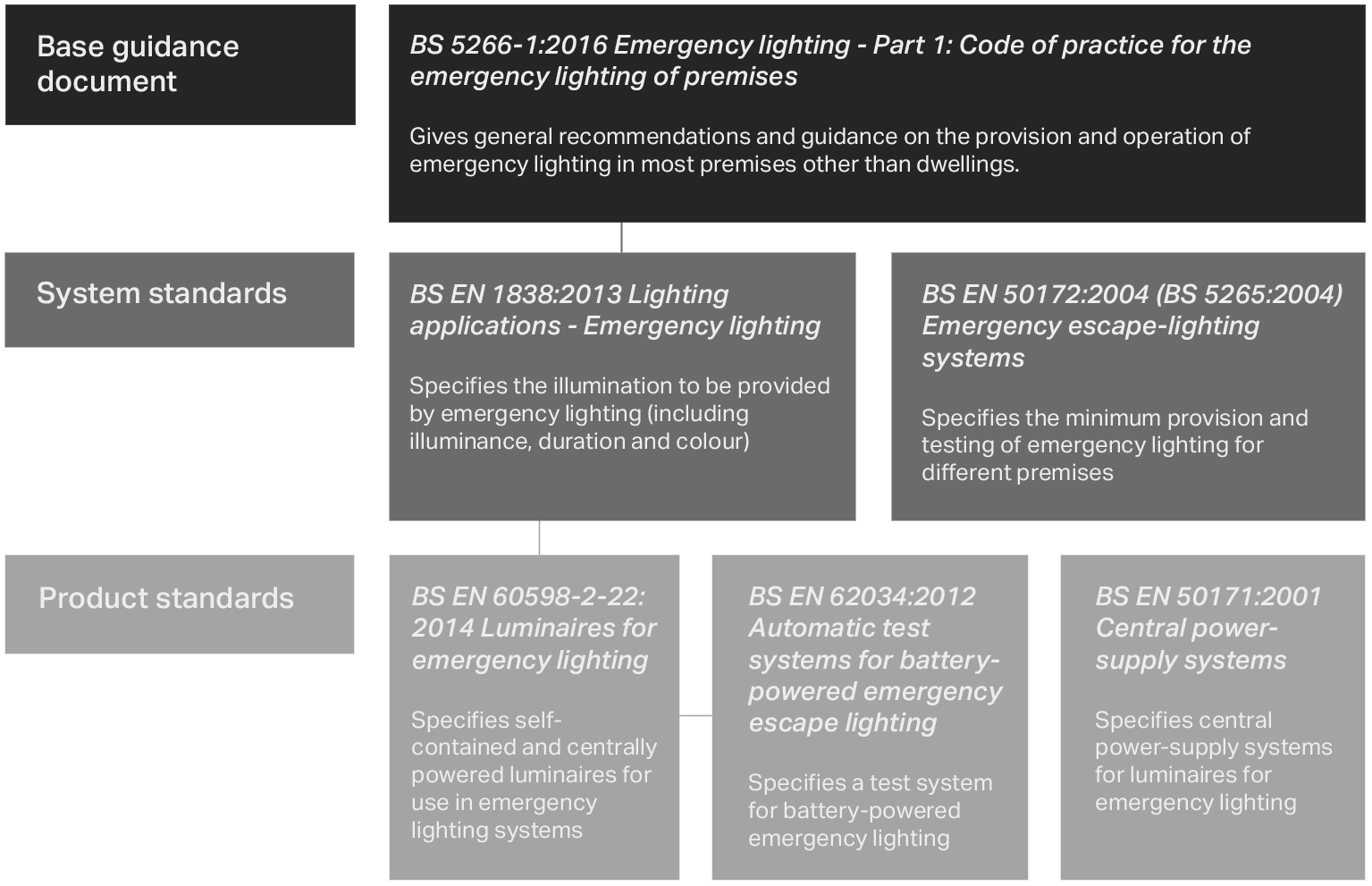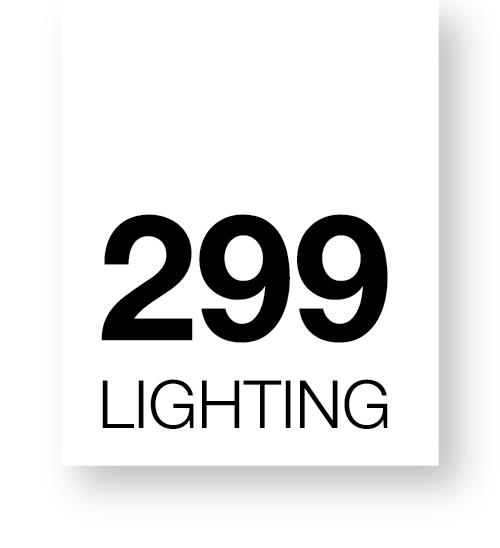Overview.
Emergency lighting is a legal requirement in commercial buildings for incidents involving a power failure. Safe movement of people along escape routes towards the exits to a place of safety depends on the illumination and ability to see hazards, changes of level and direction.
Emergency lighting is governed by several documents. The legal statutes are:
The Regulatory Reform (Fire Safety) Order
The Health and Safety at Work Act
Building Regulations
EU Workplace Directive
Under the Regulatory Reform (Fire Safety) Reform published in 2005, businesses have to install emergency lighting in their premises by law. Emergency routes and exits must be indicated by signs with emergency lighting of required illumination in the case of failure of the normal lighting.

So what are the requirements for emergency lighting in the UK?
The most important standard to follow and to comply with is the BS5266-1. The standard also covers the detailed emergency lighting procedure, cross referencing with BS EN1838 and BS EN 50172. It also details the certification process and log book procedures.
Published by BSI, the BS 5266-11 came into effect on 31st May 2016. It is intended to be used in conjunction with BS EN 1838 and BS EN 50172.
There have been several key updates in the standard, changing the approach to emergency lighting.





